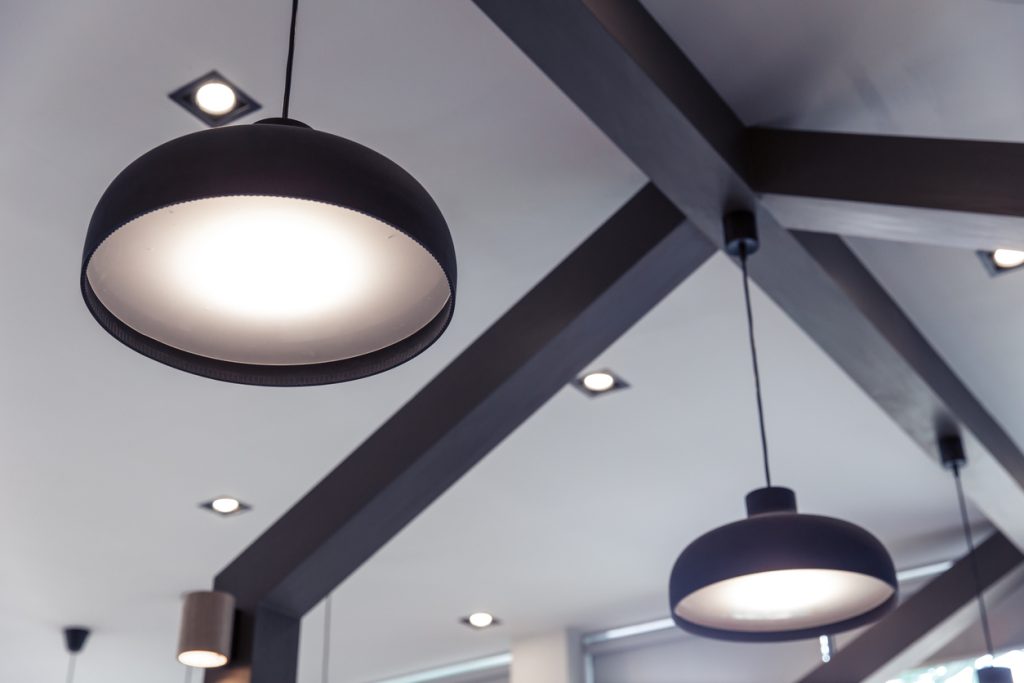Of all the interior design considerations generally made by homeowners, lighting is one of the most likely to be overlooked. This is a mistake because residential lighting transcends interior design. Think about everything that proper illumination can deliver in your home: It can set the mood for a space, highlight features, improve the way you feel, and augment physical security.
Real estate agents can tell you how much of a difference proper lighting design can make in a property. In some cases, prospective home buyers request a tour after sunset so they can see both interior and exterior lighting in action. With this in mind, let’s go over a few principles of residential lighting design.
Types of Residential Lighting
Architects and designers determine lighting needs based on three types:
- Ambient
- Task
- Accent
Ambient lighting provides general illumination throughout living spaces. Task lighting is focused on specific areas where activities take place. Accent lighting is used to highlight specific features or objects in the room.
An example of ambient lighting would be overhead fixtures or lamps; in general, it is placed in the center of the space. Task lighting could be a couple of white LED lamps placed right over a kitchen center island, but it can also be a security floodlight for the patio. As for accent lighting, think about a smart light bar for setting the mood in a media room or home theater.
Common Residential Lighting Design Considerations
Whenever security is a priority, you will want to begin with exterior task lighting. Numerous research studies show that burglaries and home invasions are more common in properties with exteriors that are completely darkened after the sun goes down. Keep in mind that modern security lighting systems can be equipped with timers, remote operation, and motion detection sensors.
Once security lighting has been reviewed, you can move on to ambient lighting. The minimum goal of ambient lighting is proper illumination, but you shouldn’t be afraid to mix and match light fixtures, play around with the color temperature, or consider special features such as dimmers and light sensors. Most homeowners settle on light fixtures that maintain aesthetic uniformity throughout the floor plan, but you can also change them from one living space to the next.
The size and shape of the room will also determine your ambient lighting needs. Larger rooms will require more light whereas smaller rooms can be adequately lit with fewer sources of illumination. Accent lighting always comes after ambient and task lighting; this is when you should think about combining purpose with decoration. These are just basic principles; please remember that there are no hard-and-fast rules when it comes to residential lighting.
When you require lighting services in terms of design, improvement, or repair, feel free to contact The Electric Company of Modesto, CA.




